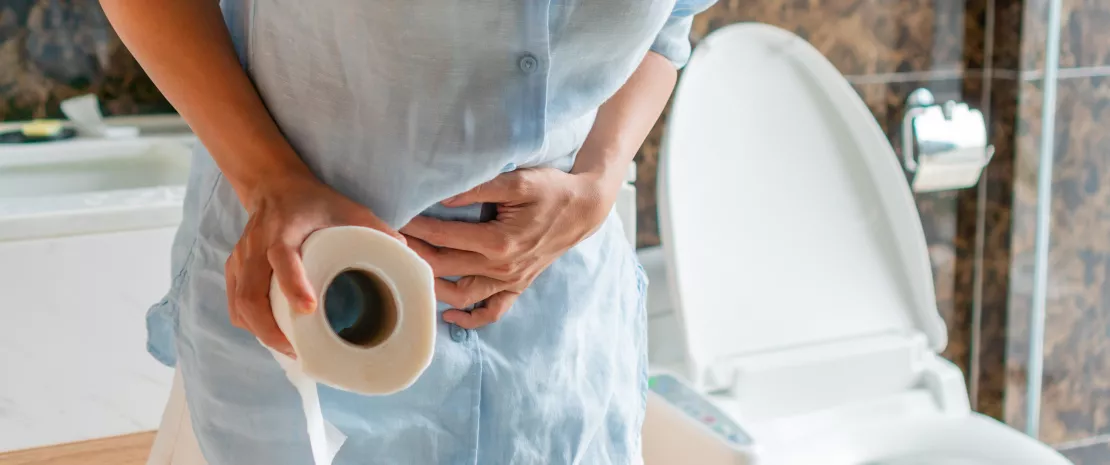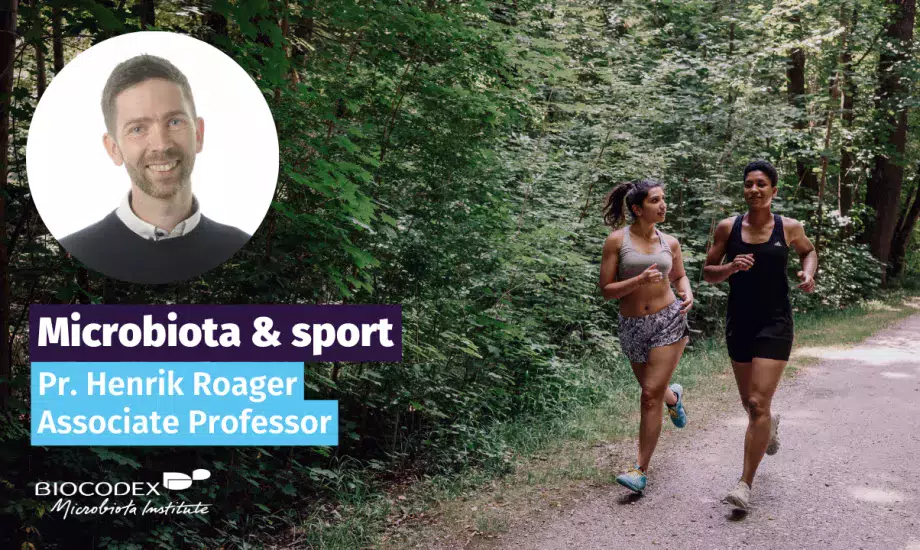1. Cook, M. D. et al. Forced treadmill exercise training exacerbates inflammation and causes mortality while voluntary wheel training is protective in a mouse model of colitis. Brain Behav Immun 33, 46–56 (2013).
2. Dokladny, K., Zuhl, M. N. & Moseley, P. L. Intestinal epithelial barrier function and tight junction proteins with heat and exercise. J Appl Physiol (1985) 120, 692–701 (2016).
3. De Oliveira, E. P., Burini, R. C. & Jeukendrup, A. Gastrointestinal complaints during exercise: prevalence, etiology, and nutritional recommendations. Sports Med 44 Suppl 1, (2014).
4. Procházková, N. et al. Advancing human gut microbiota research by considering gut transit time. Gut 72, 180–191 (2023).
5. Clarke, S. F. et al. Exercise and associated dietary extremes impact on gut microbial diversity. Gut 63, 1913–1920 (2014).
6. Barton, W. et al. The microbiome of professional athletes differs from that of more sedentary subjects in composition and particularly at the functional metabolic level. Gut 67, 625–633 (2018).
7. Petersen, L. M. et al. Community characteristics of the gut microbiomes of competitive cyclists. Microbiome 5, (2017).
8. Cronin, O. et al. A Prospective Metagenomic and Metabolomic Analysis of the Impact of Exercise and/or Whey Protein Supplementation on the Gut Microbiome of Sedentary Adults. mSystems 3, (2018).
9. Kern, T. et al. Structured exercise alters the gut microbiota in humans with overweight and obesity-A randomized controlled trial. Int J Obes (Lond) 44, 125–135 (2020).
10. Scheiman, J. et al. Meta-omics analysis of elite athletes identifies a performance-enhancing microbe that functions via lactate metabolism. Nat Med 25, 1104–1109 (2019)
11. Dohnalová, L. et al. A microbiome-dependent gut-brain pathway regulates motivation for exercise. Nature 612, 739–747 (2022).
12. Lis, D. M., Stellingwerff, T., Kitic, C. M., Fell, J. W. & Ahuja, K. D. K. Low FODMAP: A Preliminary Strategy to Reduce Gastrointestinal Distress in Athletes. Med Sci Sports Exerc 50, 116–123 (2018).
13. Armet, A. M. et al. Rethinking healthy eating in light of the gut microbiome. Cell Host Microbe 30, 764–785 (2022).
14. Koh, A., De Vadder, F., Kovatcheva-Datchary, P. & Bäckhed, F. From Dietary Fiber to Host Physiology: Short-Chain Fatty Acids as Key Bacterial Metabolites. Cell 165, 1332–1345 (2016).
15. Tavares-Silva, E., Caris, A. V., Santos, S. A., Ravacci, G. R. & Thomatieli-Santos, R. V. Effect of Multi-Strain Probiotic Supplementation on URTI Symptoms and Cytokine Production by Monocytes after a Marathon Race: A Randomized, Double-Blind, Placebo Study. Nutrients 13, (2021)
16. Sivamaruthi, B. S., Kesika, P. & Chaiyasut, C. Effect of Probiotics Supplementations on Health Status of Athletes. Int J Environ Res Public Health 16, (2019).
17. Schreiber, C., Tamir, S., Golan, R., Weinstein, A. & Weinstein, Y. The effect of probiotic supplementation on performance, inflammatory markers and gastro-intestinal symptoms in elite road cyclists. J Int Soc Sports Nutr 18, (2021).




































